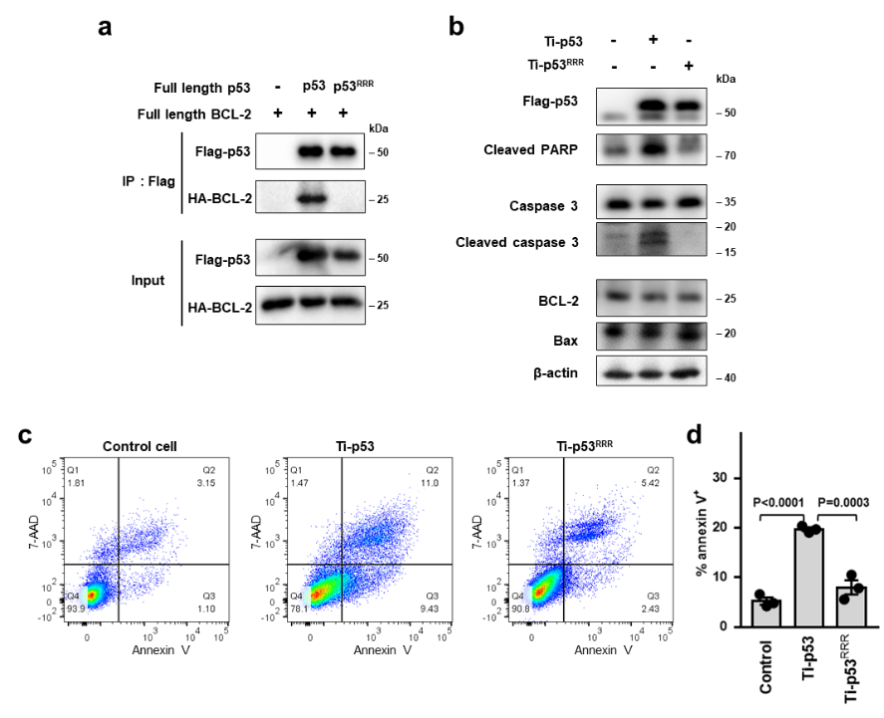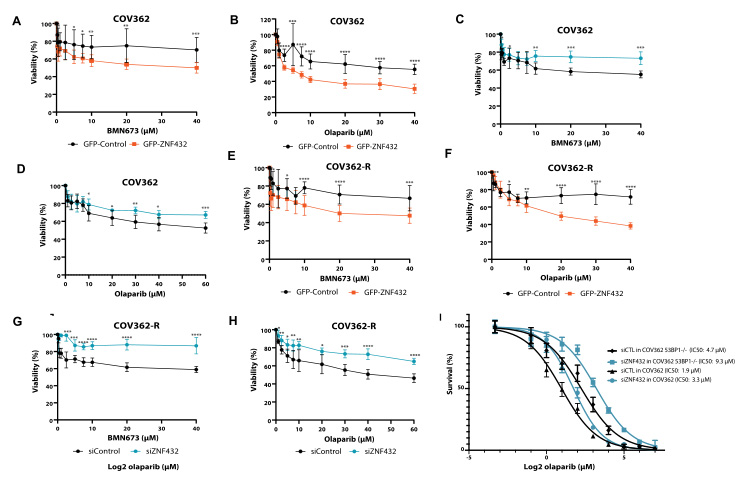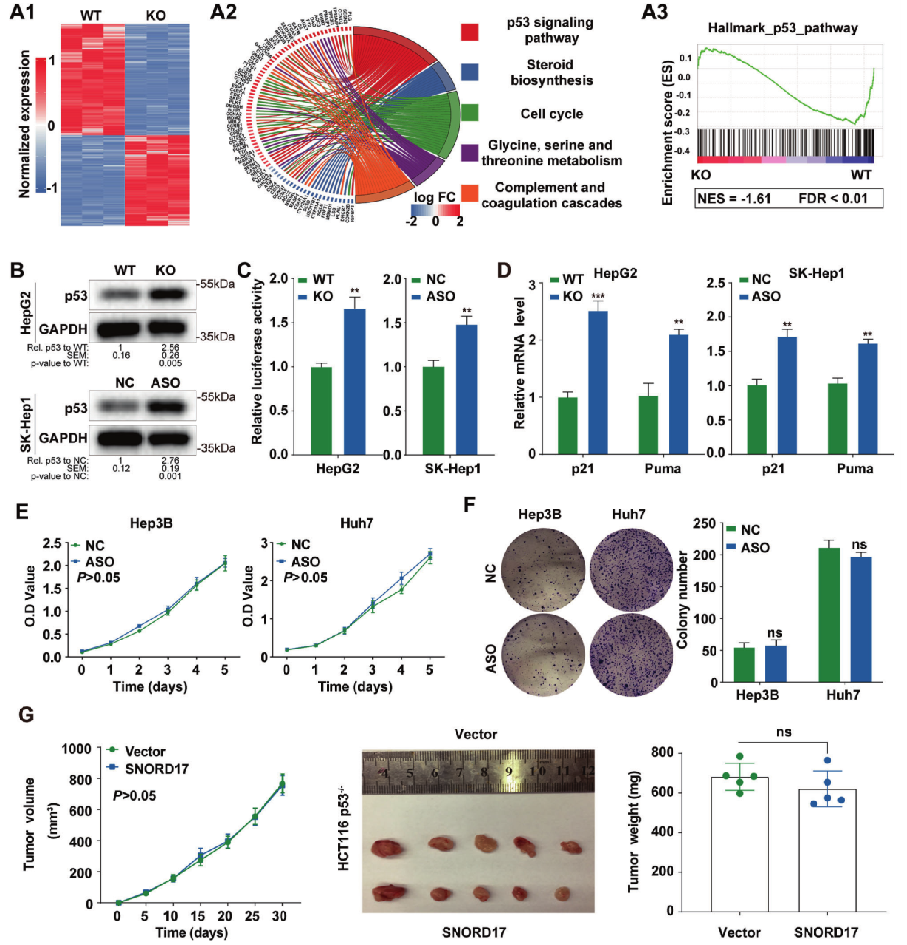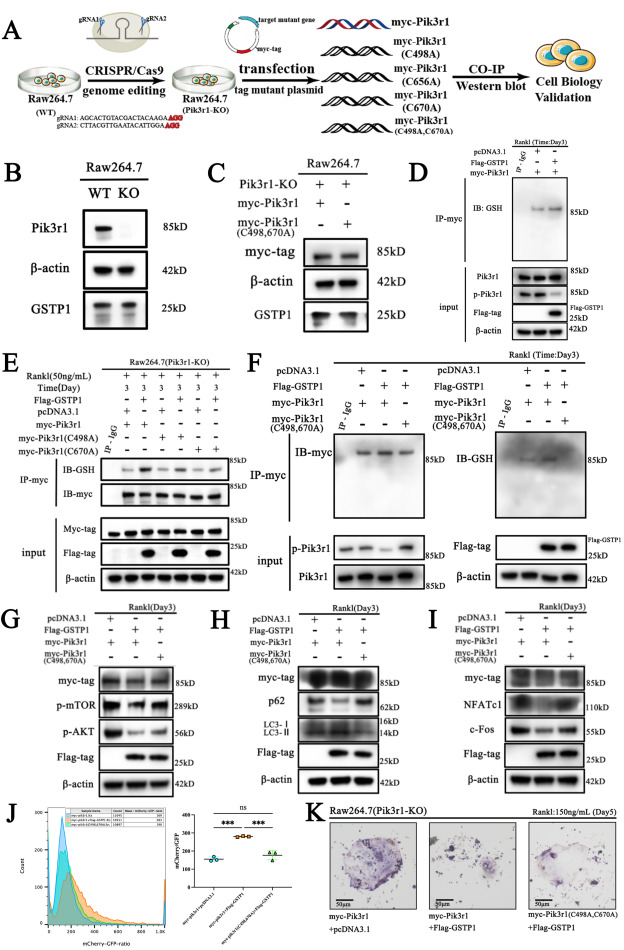Location: Home > Gene Editing Services > Stable Cell Lines > Knockout Cell Lines
Knockout cell lines serve as crucial research models, widely used in exploring gene functions, disease mechanisms, and drug target screening. By simulating the effects of gene deletion on cellular behavior, it can reveal the roles of specific genes in biological processes and their significance in disease development.
Based on the CRISPR-U™ technique, Ubigene selects appropriate transfection methods (electroporation or viral transduction) according to different cell characteristics to transfer gRNA and Cas9 into cells. Subsequently, single-cell clone screening is performed, and positive clones that are successfully knocked out will be validated by target site amplification and sequencing. Final deliverables will be the homozygous KO cell clones, related data, and project reports.


CRISPR-U™ is the technique developed by Ubigene for gene editing in cell lines (based on CRISPR/Cas9). It includes a unique algorithm for designing gRNA based on cell genome characteristics, methods for exploring different gene-editing parameters for thousands of cell lines, precise detection of the editing efficiency of Cell Pool, methods for improving single-cell clone formation rates, and high-throughput identification of cellular genotypes.
>>>Enhance gene function research with CRISPR KO cell pools over RNAi
| Cell type | Various types of cells including tumor cell lines, regular cell lines, IPS/ES cell lines |
| Service type | Single / Multiple Genes Knockout |
| Deliverables | Cell pool / Single-cell clone |
| Turnaround | Speedy turnaround as fast as 4 weeks! |
| Recent Special Deal | Start from $990 |
300+Successful
Gene-editing Cell Line Types
 Respiratory System
Respiratory System Circulatory System
Circulatory System Endocrine System
Endocrine System Brain and Nervous System
Brain and Nervous System Blood and lymphatic System
Blood and lymphatic System Urinary System
Urinary System Digestive System
Digestive System Skeleton, Articulus, Soft Tissue, Derma System
Skeleton, Articulus, Soft Tissue, Derma System Ocular, Otolaryngologic and Oral System
Ocular, Otolaryngologic and Oral System Reproductive System
Reproductive System Stem Cell
Stem Cell

Typical Timeline for CRISPR Gene Knockout
The timeline for a CRISPR gene knockout can vary depending on the organism and specific experimental setup, typically ranging from a few weeks to several months. Here’s a general breakdown of the process:
With 12 years of expertise in gene editing, Ubigene expert team has optimized the entire workflow, reducing the KO cell generation timeline to as fast as 4 weeks — significantly accelerating your research progress. Connect with Ubigene's experts now to customize your exclusive KO cell line!
| Feature | Knockout (KO) | Knockdown (KD) |
|---|---|---|
| Mechanism | CRISPR, ZFNs, TALENs (genome editing) | RNAi (siRNA, shRNA) |
| Effect on Gene Expression | Complete loss | Partial reduction |
| Permanence | Permanent | Usually transient (shRNA can be stable) |
| Protein Production | No protein produced | Reduced protein levels |
| Suitability | Studying complete gene loss, long-term studies | Studying gene function, short-term studies, essential genes |
| Best For | Disease models, drug discovery, functional genomics | Quick functional validation, gene pathway studies |
Gene knockout (KO) is typically permanent, especially when using genome-editing techniques like CRISPR-Cas9. Here's why:
1. Molecular Confirmation Methods:
2. Functional Assays:
3. Knockout Mouse/Model Organism Specific Verification:




